-
Special offer
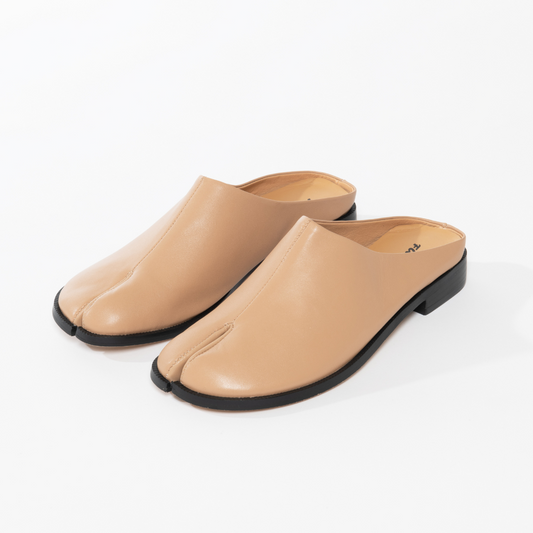

Hana Tabi
Regular priceUnit price per$141Sale price $106 -
Special offer


Hikari Walk Tabi
Regular priceUnit price per$177Sale price $112 -
Special offer
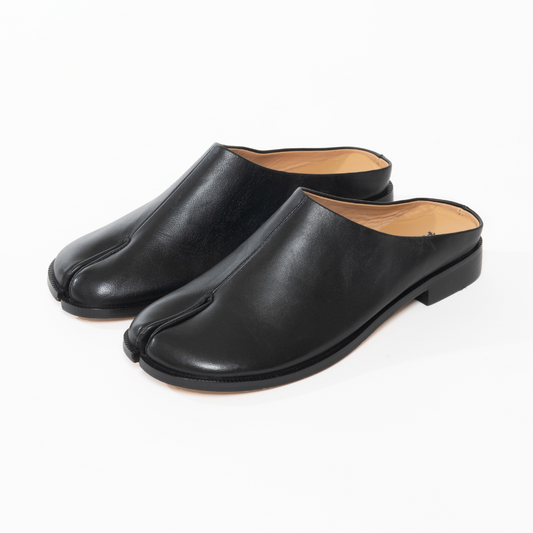

Kuro Tabi
Regular priceUnit price per$177Sale price $106 -
Special offer
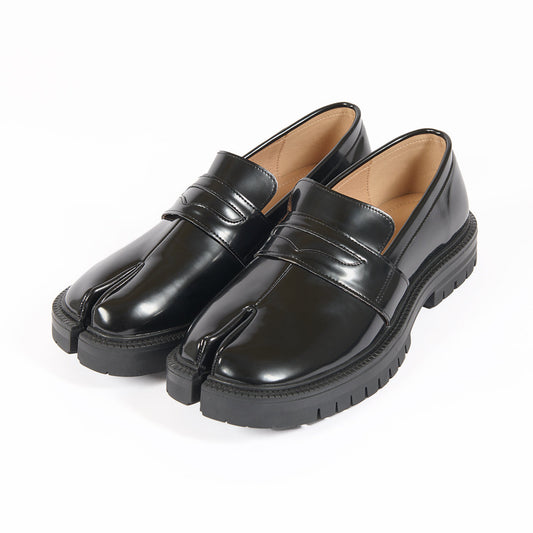

Kyoto Step Tabi
Regular priceUnit price per$153Sale price $106 -
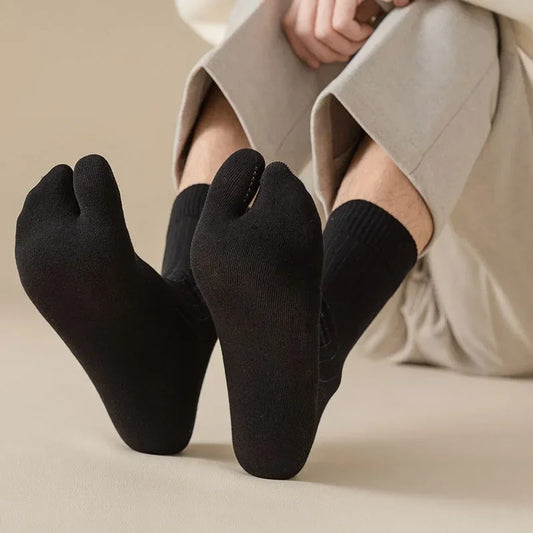
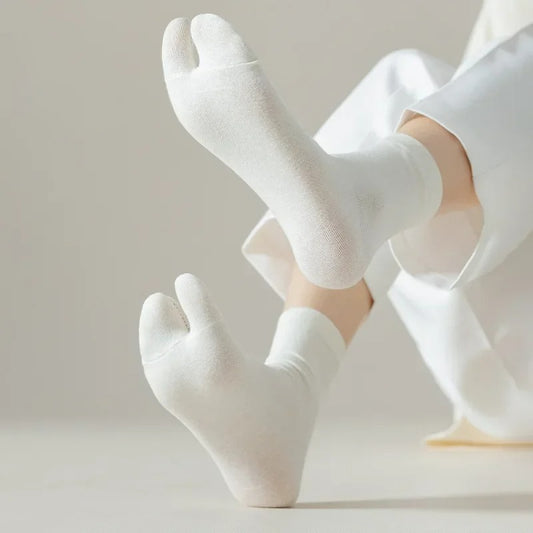
Tabi Socks - One size fits all
Regular price $10Unit price per -


Tabi 🧦
Regular price $10Unit price per
Where do tabis come from?
Tabis originated in Japan, where they appeared during the Edo period (17th century) as traditional socks worn with zōri or geta sandals, typically associated with the kimono. Originally soft and made of cotton, these big-toed socks later gave rise to jika-tabi, reinforced versions with soles, used by workers, craftsmen and martial artists for their comfort and precision of movement. Long confined to the utilitarian or traditional sphere, tabis have been enjoying a renaissance in contemporary fashion in recent years, particularly in the West, where their iconic shape is seducing avant-garde designers and lovers of assertive style.
Why do tabi shoes have a separation between the toes?
As it happens, especially when wearing the traditional Japanese sandal model, this design, which separates the big toe from its siblings, was originally intended to help better carry the leather thread that runs through the middle of the first two phalanges. But this design also has interesting ergonomic properties: it improves stability on the ground, favors good anchoring in the soil and contributes to comfortable shedding, which explains its adoption in sports practices where resistance determinants are high from the outset and where the biological transfer of the energy produced to propel forward is essential (e.g. martial arts or manual trades). As a result, in the appropriately cut models of the second half of the twentieth century, the separation between the toes becomes a strong aesthetic marker taking version, with ease, in the style of modern tabi shoes. The aesthetics of these shoes are sometimes reminiscent of certain minimalist or barefoot shoes.
Why do tabi shoes have a separation between the toes?
How to wear a tabi shoe?
Tabi shoes go with the most minimalist chic as well as the most assertive wardrobe. Rather than being worn with a wide variety of pieces - cropped pants, midi skirts or monochrome outfits - they can be worn in all seasons, provided the right materials are chosen: a smooth leather tabi model for winter and a lightweight canvas for summer. In an urban environment, in a creative setting, for a true stylistic statement, they are true masterpieces, without ever being anecdotal interludes.
Can I wear classic socks with tabi?
Best practice dictates that you should wear socks specially called “tabi”, which are the only ones to guarantee the toe separation that needs to be implemented, but this is not a rigorous requirement. Of course, it's possible to make do with classic, thin, discreet socks, as long as they don't take up too much space, especially if the design of the model is right. On the other hand, during periods when temperatures drop a little, socks that are too high should be avoided, as they would make it difficult to wear tabi shoes comfortably. Furansu Paris is one of the leading brands to tailor socks for tabi shoes, designing tabi socks specifically for tabi shoes.
How to care for tabi shoes?
Tabi shoe care depends first and foremost on the material: smooth leather can be gently wiped with a damp cloth and a little nourishing cream, while canvas should be carefully washed by hand. To preserve their shape, we recommend inserting a shoe tree, or failing that, storing them properly, paying particular attention to the separation of the toes, which can become deformed. A thin sole may benefit from protection by a pad or outsole, and after use, they should be well aired, without bending or wetting between the toes.










